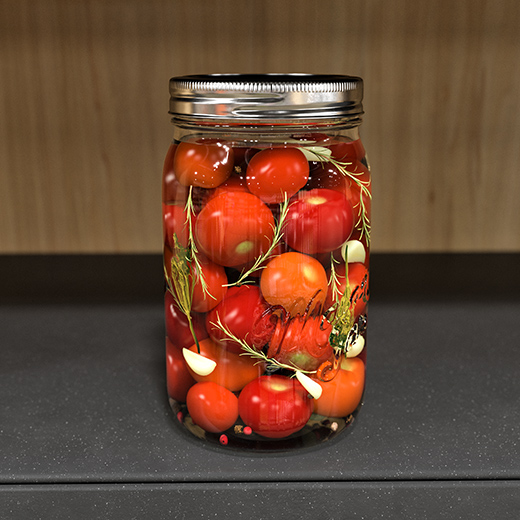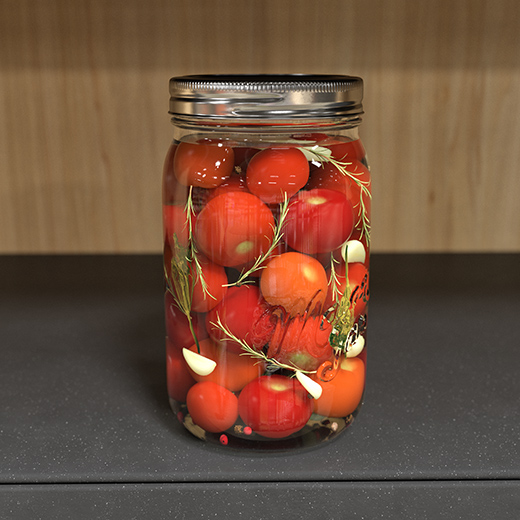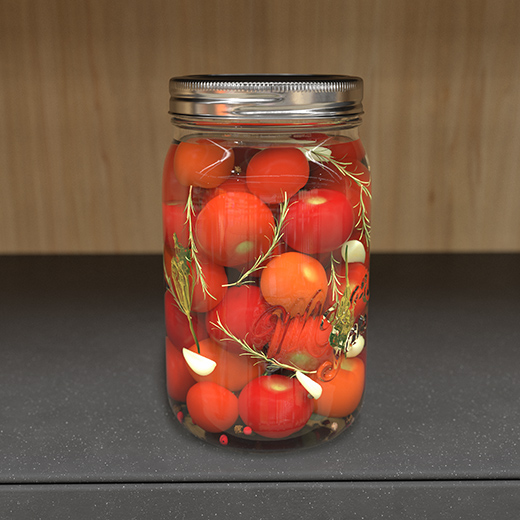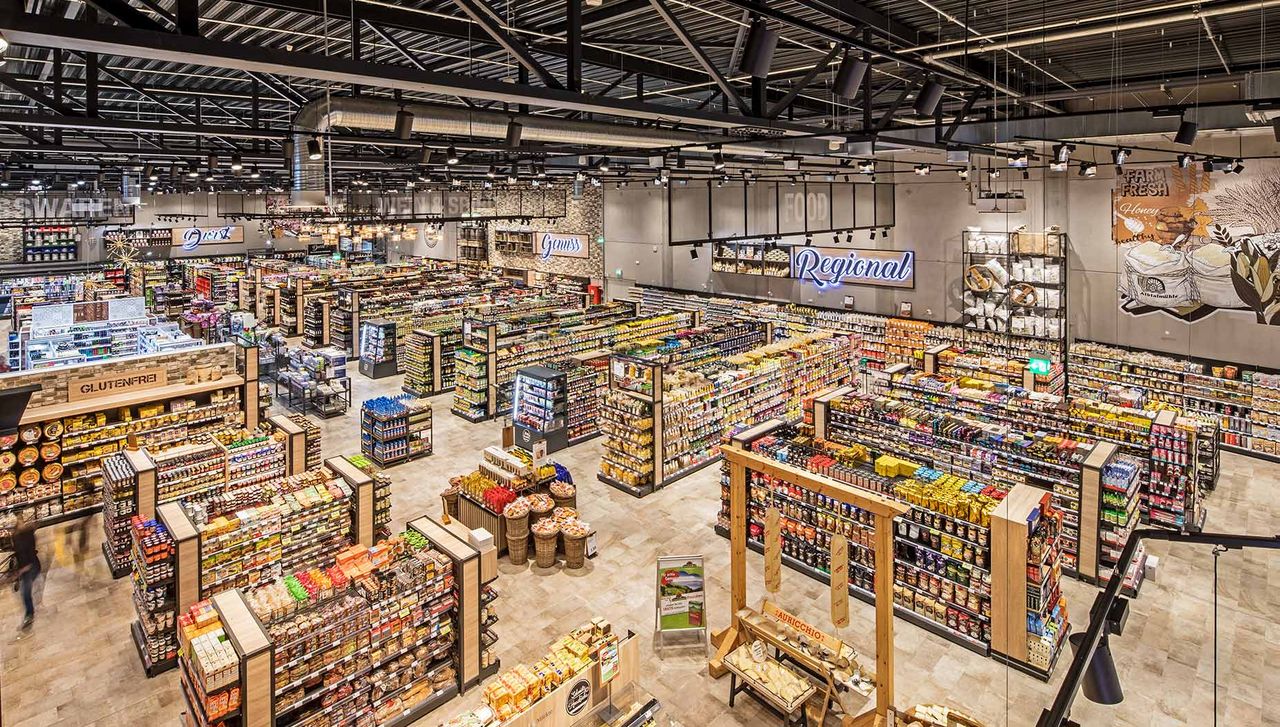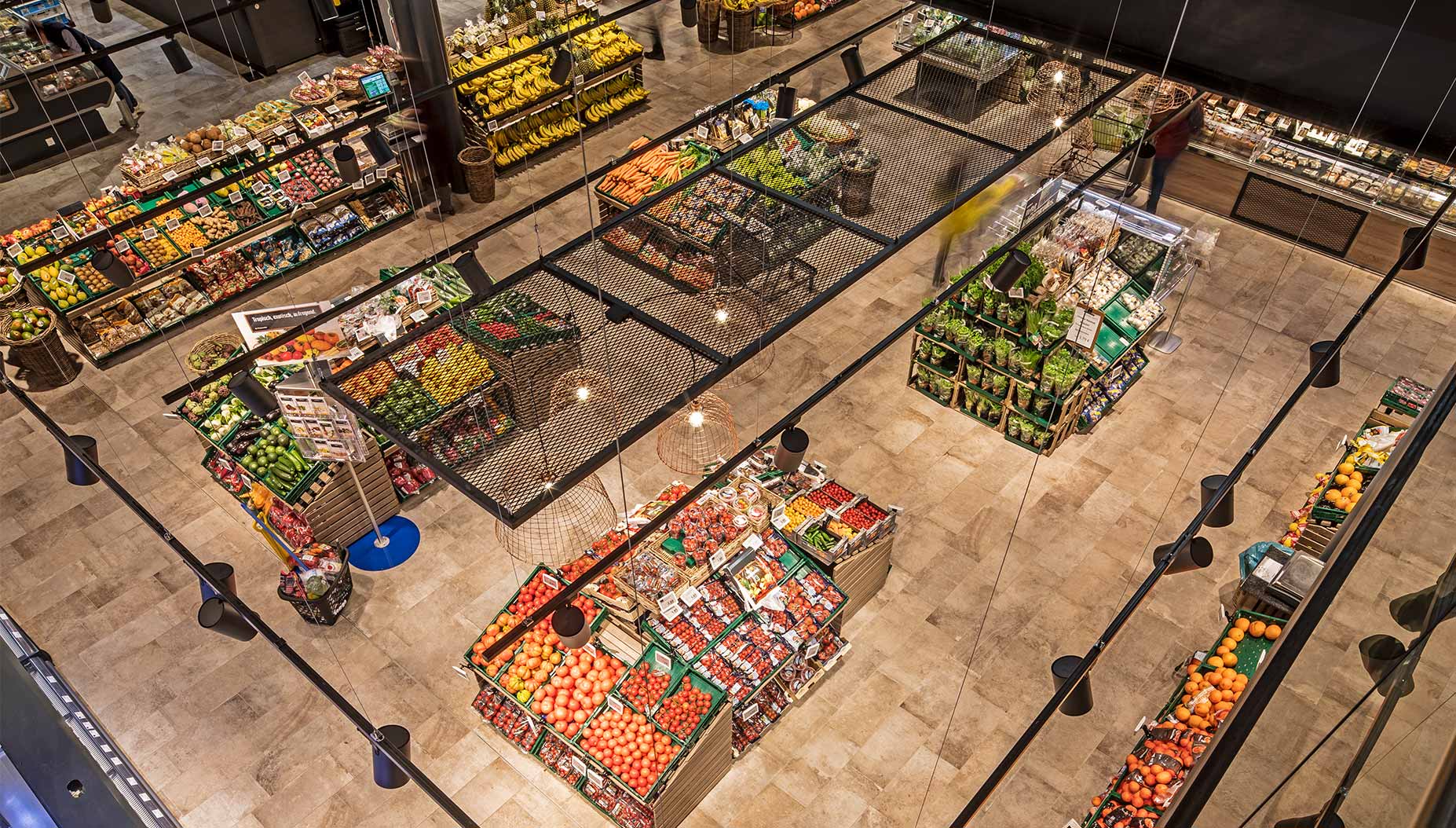
Lighting Knowledge
Lighting in Food Retail
A holistically integrated and optimally planned lighting concept is a fundamental element of the scenography guiding the customer journey. Food retail sector developments in recent years make it clearly evident that availability and information are diminishing in significance as critical as factors influencing the purchase decision.
Customers looking for a food product, however exotic, can get information on that product’s local, regional and national availability – generally coupled with simple options for a direct online purchase. In other words, today’s consumers don’t really need to leave the comfort of their homes to do their weekly shop. So how can the food retail industry persuade them to leave their living room? To discover the answer to this question, which is crucial to its future survival, the food retail sector has to redefine its mission and take on additional functions. It has to establish itself as a trustworthy curator presenting information and availability in an authentic, inspiring and multi-sensory way. The key is to transform food shopping into a customer journey that sets the in-store experience apart from comparable e-commerce offerings and celebrates its uniqueness. There are effective ways for store operators to differentiate themselves from the increasingly homogenous world of online shopping. What makes the customer feel welcome? How does the customer perceive the product presentations? Does the customer enjoy spending time at the store? The answers to all these questions depend to a great extent on the store’s lighting concept. Lighting plays a key role that will become even more significant in the future. The original food retail lighting concepts were based on the warehouse lighting principle of uniform brightness. Today, that principle no longer satisfies the requirements of the food retail sector. Technical progress over recent years has resulted in the introduction of new light qualities that are difficult to measure in terms of classic factors such as bulb wattage. Also, simply comparing the technical data of different luminaires without any physical assessment of actual lighting design quality, is no longer contemporary.
Good lighting is the reason why customers perceive their local butcher’s eyes as twinkling and trustworthy, rather than the same uniform pink shade as their wares. Good lighting preserves the products, thereby promoting sustainability and improving cost effectiveness. Good lighting showcases products in coordinated colours and three-dimensionality, rather than immersing them in a homogenous haze. A store lighting concept is the most important aspect of merchandise presentation from the customer’s perspective. A sustainable and functional lighting solution must therefore always be developed by interdisciplinary experts and tailored to the specific application on the basis of a detailed analysis and a professional concept. Good lighting isn’t just efficient – it’s also effective!
Clear dimensionality
Foods in liquids have a more intensive colour.
The light from Navo produces additional reflections on the glass surfaces. Since the origin of the light from Navo is a point source rather than a continuous light strip the structure and depth of the products appears much more natural. Much of the light penetrating the glass is reflected, thereby enhancing this effect. The result is brilliant colour, distinct texture and impressive depth.
